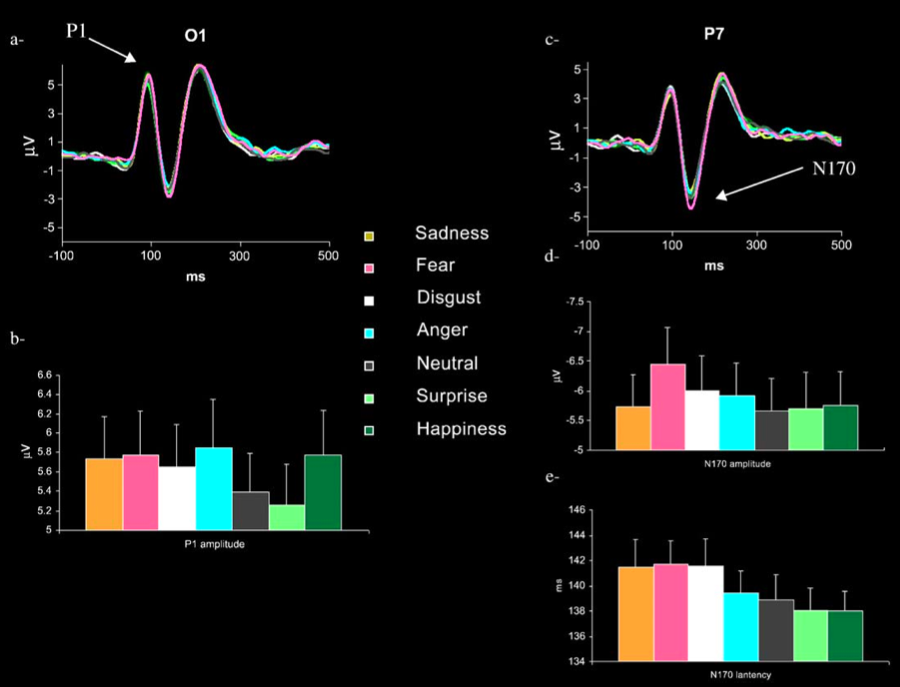Click here and press the right key for the next slide (or swipe left)
also ...
Press the left key to go backwards (or swipe right)
Press n to toggle whether notes are shown (or add '?notes' to the url before the #)
Press m or double tap to slide thumbnails (menu)
Press ? at any time to show the keyboard shortcuts

radical interpretation*
Infer The Mind from The
The Mind: facts about actions, desires, beliefs, emotions, perspectives ...
The Evidence: facts about events and states of affairs that could be known without knowing what any particular individual believes, desires, intends, ...
‘the intentional stance ...
‘first you decide to treat the object whose behavior is to be predicted as a rational agent;
‘then you figure out what beliefs that agent ought to have , given its place in the world and its purpose.
‘Then you figure out what desires it ought to have, on the same considerations,
‘and finally you predict that this rational agent will act to further its goals in the light of its beliefs’
Dennett (1987, 17)
EITHER:

actual food, tiny bit mouldy
OR:

poison that looks like food
Error of
- belief
- desire
- rationality
The Intentional Strategy sometimes or always results in incorrect predictions when
i. people have false beliefs;
ii. people have ‘incorrect’ desires; and
iii. people’s actions are not rational given their beliefs and desires.
When it generates incorrect predictions, the Intentional Strategy does not enable us to identify whether this is due to belief, desire or rationality.
∴ The Intentional Strategy provides no way for us to identify false beliefs, ‘incorrect’ desires or failures of rationality.
Objection 1
The Intentional Stance provides
no way to identify
false beliefs, ‘incorrect’ desires or failures of rationality.
The Intentional Strategy
What enables an interpreter to distinguish your actions, beliefs, desires, feelings and other mental states from anybody else’s?
- your location in space
- your biological needs
Objection 1
The Intentional Stance provides
no way to identify
false beliefs, ‘incorrect’ desires or failures of rationality.
Objection 2
The Intentional Stance provides
no adequate way to
distinguish me from you.
But why are we studying the Intentional Strategy at all?
radical interpretation*
Infer The Mind from The
The Mind: facts about actions, desires, beliefs, emotions, perspectives ...
The Evidence: facts about events and states of affairs that could be known without knowing what any particular individual believes, desires, intends, ...
But why are we studying radical interpretation*?

The Topic Re-introduced
What makes others’ minds and actions intelligible to us?
What makes
minds and actions
intelligible cognizable to others?
‘I want to know what it is about propositional thought---our beliefs, desires, intentions and speech---that makes it intelligible to others.’
\citep[p.~14]{Davidson:1995nl}Davidson (1995, 14)
Social cognition:
cognition of
others’ actions and mental states
in relation to social functioning.
Objection 1
The Intentional Stance provides
no way to identify
false beliefs, ‘incorrect’ desires or failures of rationality.
Objection 2
The Intentional Stance provides
no adequate way to
distinguish me from you.
1. Humans can sometimes identify false beliefs, ‘incorrect’ desires or failures of rationality.
BUT
2. The Intentional Stance provides no way to identify false beliefs, ‘incorrect’ desires or failures of rationality.
3. The Intentional Stance does not provide a correct computational description of human social cognition.
Objection 1
The Intentional Stance provides
no way to identify
false beliefs, ‘incorrect’ desires or failures of rationality.
Objection 2
The Intentional Stance provides
no adequate way to
distinguish me from you.
1. Humans can distinguish each others desires in ways unrelated to their purpose and place in the world.
BUT
2. The Intentional Stance provides no adequate way to distinguish me from you.
3. The Intentional Stance does not provide a correct computational description of human social cognition.
Objection 1
The Intentional Stance provides
no way to identify
false beliefs, ‘incorrect’ desires or failures of rationality.
Objection 2
The Intentional Stance provides
no adequate way to
distinguish me from you.
conclusion so far
What makes minds and actions cognizable to others?
A theory of radical interpretation* would answer this question.
Dennett’s ‘Intentional Strategy’ can be (mis)interpreted as a theory of radical interpretation* ...
... but it faces insurmountable objections.
We must therefore look elsewhere for a theory of radical interpretation*.
core project: construct a theory of radical interpretation*
Way forward for constructing a theory of radical interpretation*?
--- link observations to ascriptions
--- break it down (multiple processessocial cognition may involve multiple, largely independent processes: perception, motoric, emotional)
--- not just observation: interaction too

Perceiving Expressions of Emotion: A Challenge
How do you know about it? ・ it = this pen ・ it = this joy
perceive indicator, infer its presence
- vs -
perceive it
[ but perceiving is inferring ✓ ]

Aviezer et al (2012, figure 2A3)
‘We sometimes see aspects of each others’ mental lives, and thereby come to have non-inferential knowledge of them.’
McNeill (2012, p. 573)
‘We sometimes see aspects of each others’ mental lives, and thereby come to have non-inferential knowledge of them.’
McNeill (2012, p. 573)
challenge
Evidence?
verbal reports and ratings? No!
(Scholl & Tremoulet 2000; Schlottman 2006)
contrast:
perceive indicator, infer its presence
- vs -
perceive it
‘We sometimes see aspects of each others’ mental lives, and thereby come to have non-inferential knowledge of them.’
McNeill (2012, p. 573)
challenge
Evidence?

Do We Really Need Evidence?
‘Consider furniture that looks Swedish ... or the properties of looking sad or looking delighted’
‘One can explain the apparently perceptual phenomenon thus. There is some kind such that the thing or person appears to be of that kind, and the person judges that things of that kind are (say) Swedish people [sic].’
‘But such a division ... does not ... fit the case of perception of the expression of an emotion. ... There is no kind described without reference to the emotions of which one can say that the facial expression appears to be of that kind and it is merely an additional judgement on the part of the person that people looking that way are sad.’
Peacocke (2004, 66)
L: For any object O and functional property F, if the perceptual anticipations in one’s perception of O ‘latch onto’ the functional role definitive of F, then one perceives O as being F.
\citep[p.~741]{smith:2010_seeing}
‘If we define mental state M as that property one has if one will behave in way B given input I, and [...] one perceptually anticipates that if I occurs then one will perceive B, then one’s perceptual states ‘latch onto’ property M’
Do any perceptual states latch onto happiness?
‘This is a matter open to empirical and phenomenological confirmation ... [I]t seems likely to me’
Smith (2010, 741-2)

Categorical Perception & Emotion
2.5B
7.5BG
2.5BG
fix initial system of categories
measure disciminatory responses
observe between- vs within-category differences
exclude non-cognitive explanations for the differences











Batty & Taylor (2003, figure 2)
Is it perceptual?
Maybe for fear & happiness
- ERP (Campanella et al 2002)
- visual search : behavioural (Williams et al 2005)
‘The higher amplitude of the N170/VPP for the second face of between pairs as compared to within and same pairs can be understood [... thus:]subjects are confronted with two faces (in between pairs) perceived as different expressions (happiness and fear) by the perceptual system.’
‘The N170/VPP is considered as the process indexing the structural analysis of facial information in order to obtain a configurational face representation (Jeffreys, 1996)’
Campanella et al (2002, 219)
‘visual search was more efficient when the targets displayed emotional rather than neutral expressions’
Williams et al (2005, 46)
‘We sometimes see aspects of each others’ mental lives, and thereby come to have non-inferential knowledge of them.’
McNeill (2012, p. 573)
challenge
Evidence? Categorical Perception!
1. The objects of categorical perception, ‘expressions of emotion’, are facial expressions.
so ...
2. The things we perceive in virtue of categorical perception are not emotions.

Aviezer’s Puzzle about Categorical Perception
What are the perceptual processes supposed to categorise?

Aviezer et al (2012, figure 2A3)
Aviezer et al’s puzzle
Given that facial configurations are not diagnostic of emotion, why are they categorised by perceptual processes?
‘[A]lthough the faces are inherently ambiguous, viewers experience illusory affect and erroneously report perceiving diagnostic affective valence in the face'
Aviezer et al (2012, 1228)
... maybe they aren’t.
conclusion
Do humans every perceive others’ mental states?
To answer this question, we need evidence.
There is evidence for categorical perception of facial expressions of emotion.
Standardly, categorical perception is evidence for perception of facial expressions ...
... which are not mental states.